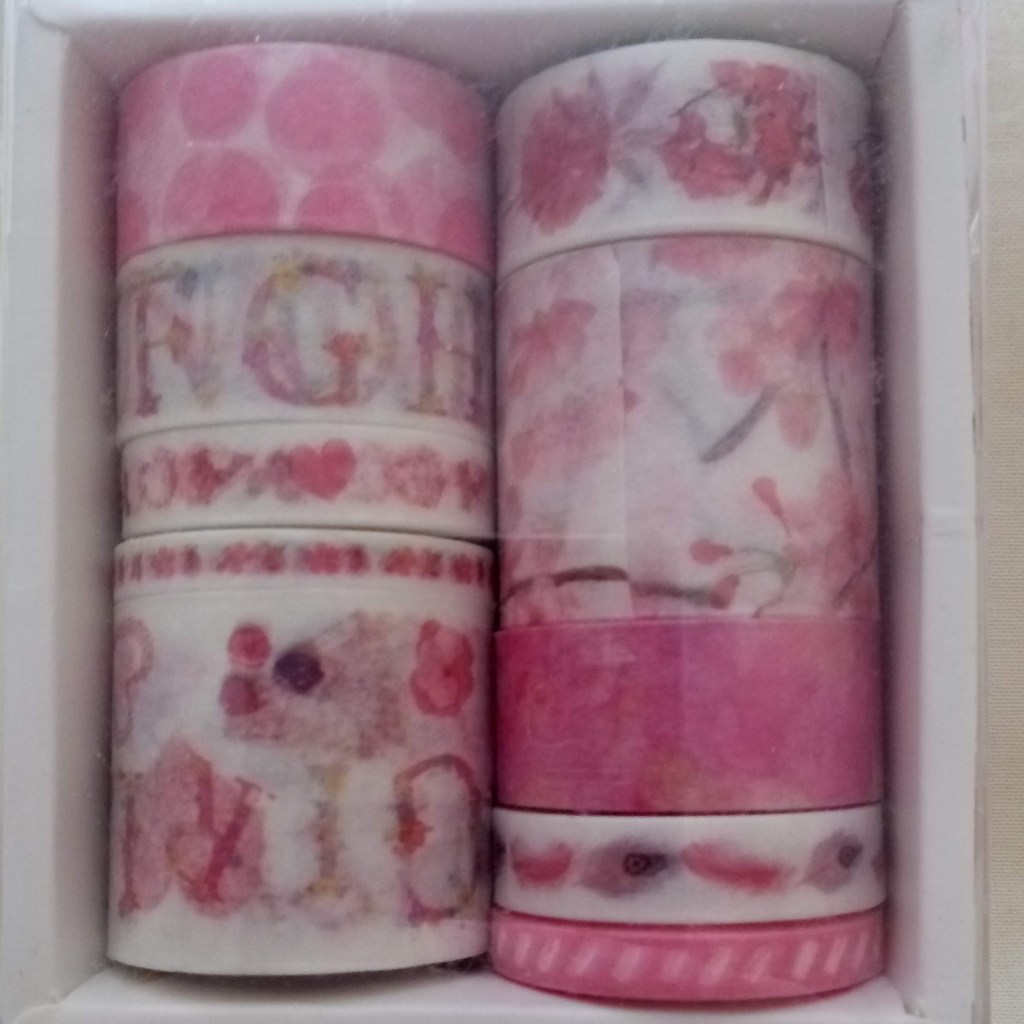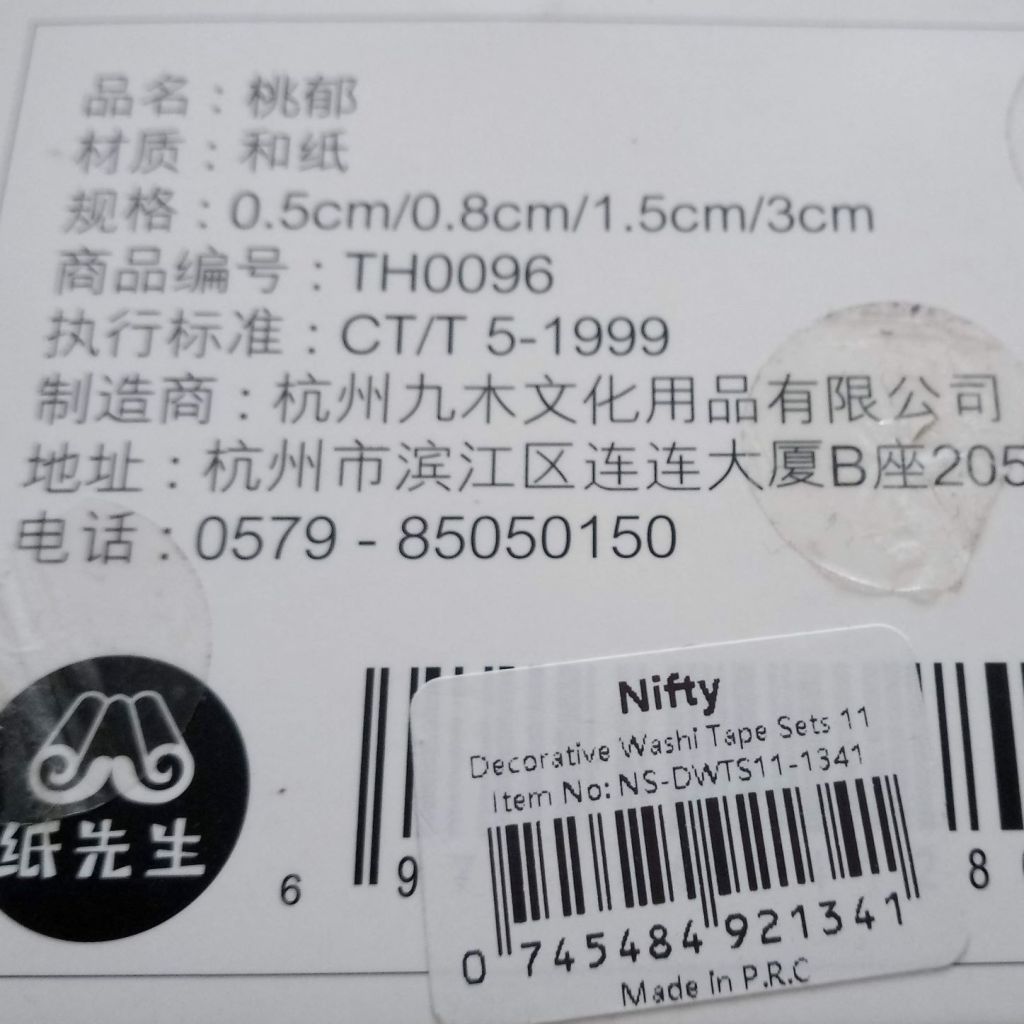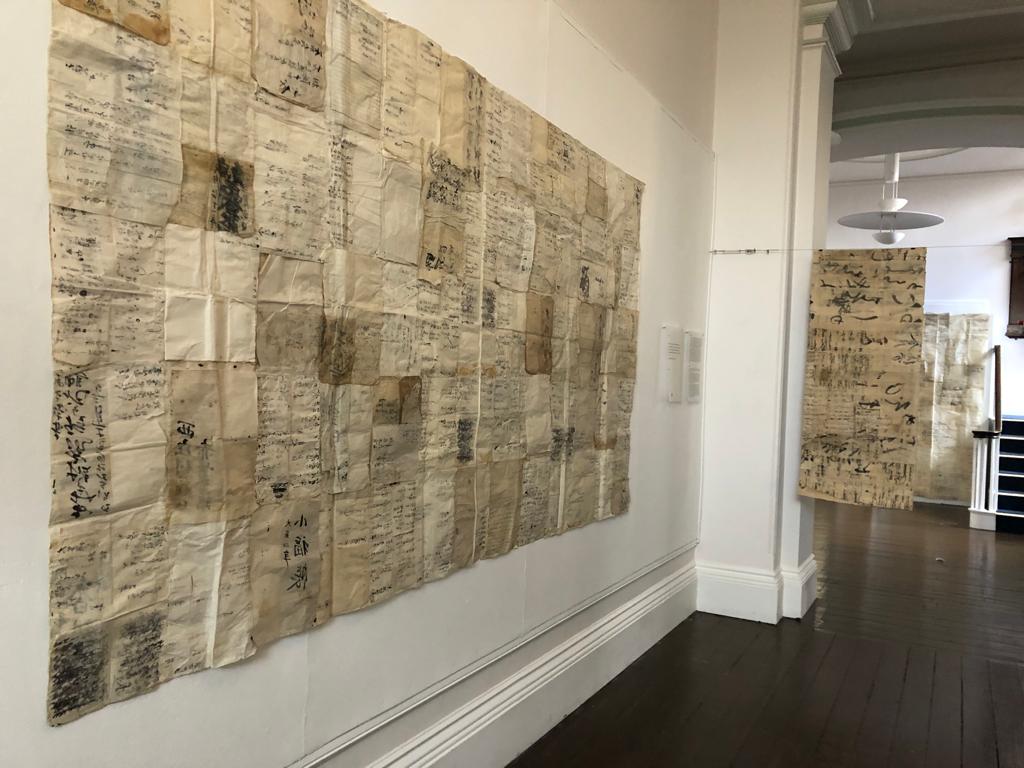In ‘Quilt’, an exhibition appearing at the University of South Wales, two-hundred-year-old letters written on Washi – Japanese paper – are layered into works of art. We were asked to send our own brief words to appear alongside.
The artist Matthew Fasone is from New York and lives in Japan. He creates art that speaks of the passage of time, using found and collected materials. In his solo exhibition, Quilt, individual pieces of Washi are joined into large sheets. To me the writing in characters is mysterious and beautiful, while here and there I recognise an image of a plant. The paper seems to have some of the qualities of cloth in its strength and the way it falls, yet it has also been changed by time: individual pages, grubby and worn at the edges, make the work seem fragile. Some of these letters are two hundred years old.

What is Washi? I found out a few things, mainly from Washi Arts: ‘Wa means ‘Japanese’ and ‘shi’ means ‘paper’; traditionally it is hand-made using plant fibres, to give a very strong and flexible paper, which can last a thousand years; the knowledge of making paper came from China but by 800 AD Japan’s mastery was ‘unrivalled’.
For hundreds of years, many families were involved in its production. Today, a dwindling number remain. Nowadays a lot of ‘Washi’ is made using industrial methods and has very different properties. It might not even be produced in Japan as it is cheaper to manufacture elsewhere. The only ‘Washi’ I could find on sale in the UK was a kind of craft paper and some ‘Washi’ tape, which looks like some fairly ordinary masking tape with some nice patterns and colours.



I bought this from Etsy but it was made in the People’s Republic of China.
What do I know of Japanese aesthetics? This article on Medium helped me. I already knew something about ‘wabi sabi’ – ‘beauty in imperfection’. The greatest attraction is not the peak of perfection but when something has entered a stage of decay and decline. I thought how the feeling of sadness about change and time passing can be alleviated by an appreciation of the marks of time. This might be the loveliness of a flower with drooping petals, or the aging of the papers that make up the artworks in Quilt. I see there, too, evocation of the hands that made these marks in ink so long ago.

It didn’t take me ages to decide that, for once, I had already written the best thing I could offer. Some time back when things were in domestic turmoil and there was no space to sit and think, I used to write a haiku in my head when I went out. It made me notice things and helped me enjoy the time I had away from building works. The town I live in is small and old: a friend who has studied these things tells me that many of the houses are Tudor, with a Georgian front. I find the rooftops fascinating and like to look for signs of the town’s history and see how nature reacts with all that is human-made.
I know that in modern haiku people don’t feel they have to stick to the 5 7 5 syllable ‘rules’ because the form doesn’t necessarily translate that well from the Japanese and because you can be a bit more free, but for me the only way to do it was to stick to something standard. It helped me to have a strict form to work to and no other choice – because everything else was so chaotic. I could feel the rhythm too, as I walked.
In a sense, I re-found this poem, written some time ago and that seemed to fit the aesthetic too. I gave it a title. Though I thought about sending more than one piece I decided not to do so and to let this small thing have all the space around it.
This is the one I sent to be part of the exhibition.
Look up
moss furs an old roof
grass weeping from the gutter
over the High Street
Soon we heard that the arrival of the artwork for ‘Quilt’ had been delayed by the war in Ukraine. Matthew Fasone had to retrieve his work from the Japanese Postal Service and redirect it via a commercial shipping service so that it could make its way to Wales. The exhibition is now up and running. ‘Quilt’ and the words we have sent to keep it company will be in place until 2 June 2022. It’s all free to visit at Oriel y Bont in Trefforest.
There is no pamphlet of our collected words this time, but our offerings now hang in the gallery alongside Matthew’s artworks. Whereas he takes existing words on paper and layers and rotates the pages in such a way as to make it hard for anyone to read what is written there, our poems, our words, are in hard neat type on white paper, ‘the right way up’ and meant to be read as well as seen.
I want to thank Barrie Llewelyn for asking, once again, if we would engage, for co-ordinating everything, and for taking photos of the exhibition.
I don’t have a list of contributors to offer this time but please make yourself known in a comment and share any links you have to your work.
This exhibition also marks the end of Chris Nurse’s time as curator – time to thank him for these opportunities and wish him well for the future as he concentrates on his own art practice.

And many thanks to Matthew Fasone for sharing ‘Quilt’. I have felt comforted by an acceptance of the imperfection of things, including myself and my work, and grateful to feel there is beauty as well as sadness in a sense of time passing.
*Every time, the call to respond to works of art exhibited in this space has put a spoke through the wheels of my wordy creative process and sent me off in a new direction, asking questions that I would not otherwise have thought of. I am very grateful for that too.
Who knows if we will be asked to do it again?
This is wonderful Maria, great info and I am a lover of wabi sabi 🙂
LikeLiked by 1 person
Thanks Brian! Am going to keep it all in mind.
LikeLiked by 1 person
So interesting, Maria! I didn’t know anything about washi art, and I love the poem you chose to be a part of this project.
LikeLiked by 1 person
Thanks very much, Becky. It’s been great for me too to find out about something so old made into something new.
LikeLiked by 1 person
How beautiful, such a meaningful exhibition and the photos really do make the artworks look like a Quilt. I love your haiku, Maria, ‘grass weeping’ is brilliant.
LikeLike
So delicate, so beautiful. Thank you, Maria.
LikeLiked by 1 person
Thanks for looking and reading, Roz ☺️
LikeLike
Hi – what a wonderful exhibit and I like that you chose the one haiku and had all the space around it.
this is clever and the photos do give us a feel for the crumbled and layers of Matthew’s artworks – and loved how you wrote”
“grateful to feel there is beauty as well as sadness in a sense of time passing”
that was a key takeaway for me from this post .
LikeLiked by 1 person
It was for me too … Something of a comfort! Thanks for the lovely comment, Yvette.
LikeLiked by 1 person
⭐️😊⭐️
LikeLiked by 1 person
PS – when we were on a short trip to Norfolk VA recently – we met an artist (sketch artist) who was born in Japan and now lived in the States – I added some doodles to one of his sketchbook pages – and it was a lot of fun meeting him
LikeLiked by 1 person
That’s interesting as his path is a mirror of Matthew’s in a way. Am sure that moving countries stirs up all kinds of creative responses. I bet the artist enjoyed meeting you too!
LikeLiked by 1 person
😊
I will post a picture of the artusy we met (eventually) and try to remember to link you when I do….
LikeLiked by 1 person
*artist
LikeLiked by 1 person